Affiliate links on Android Authority may earn us a commission. Learn more.
HTC One A9 first impressions: trying some new things
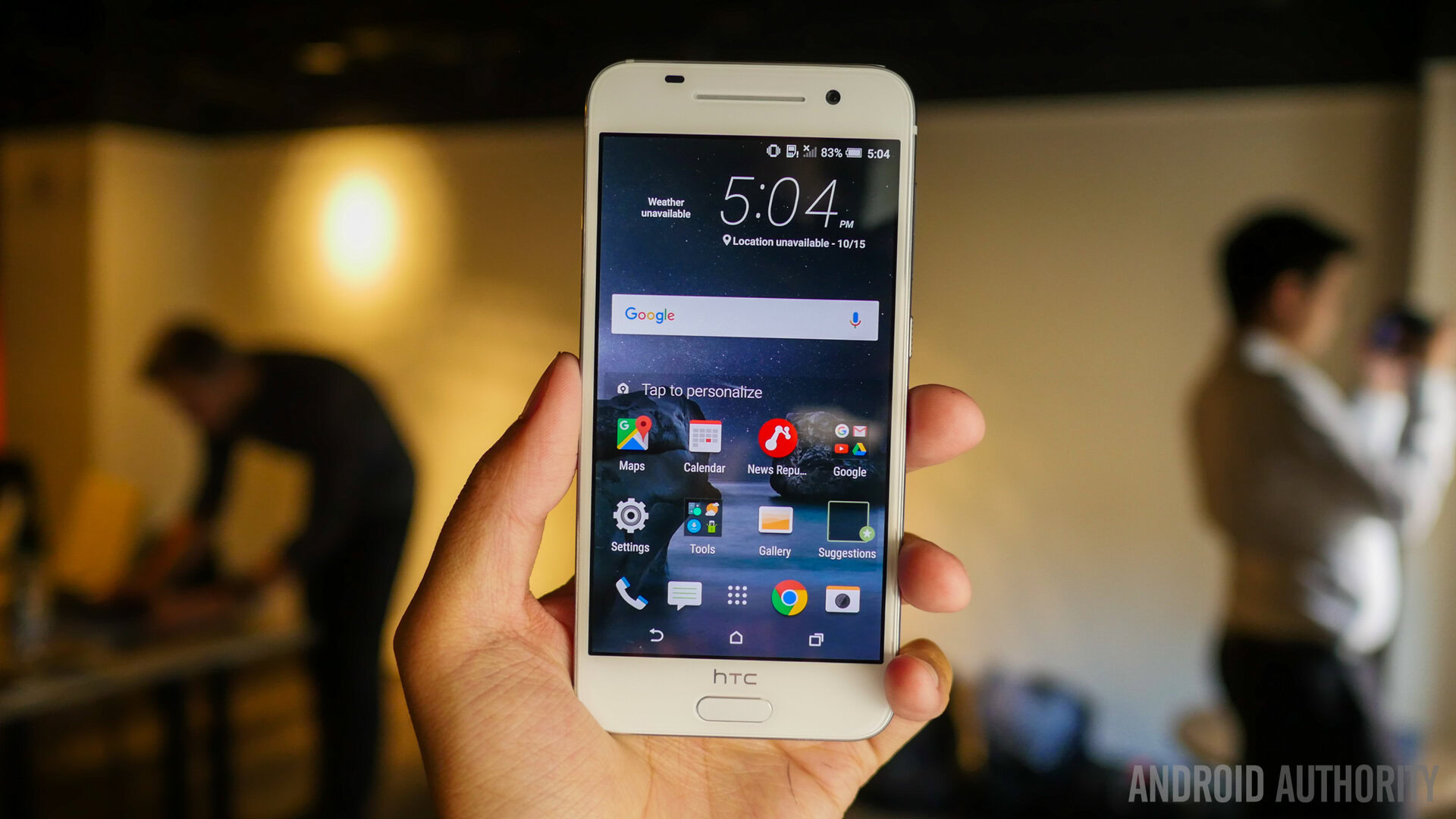
The latest smartphone from HTC, unveiled earlier today, may be the latest addition to the One series, but that’s mostly in spirit, given that this new device is quite the departure from the flagship line. What does this new smartphone bring to the table? We find out, with this first look at the HTCOne A9!
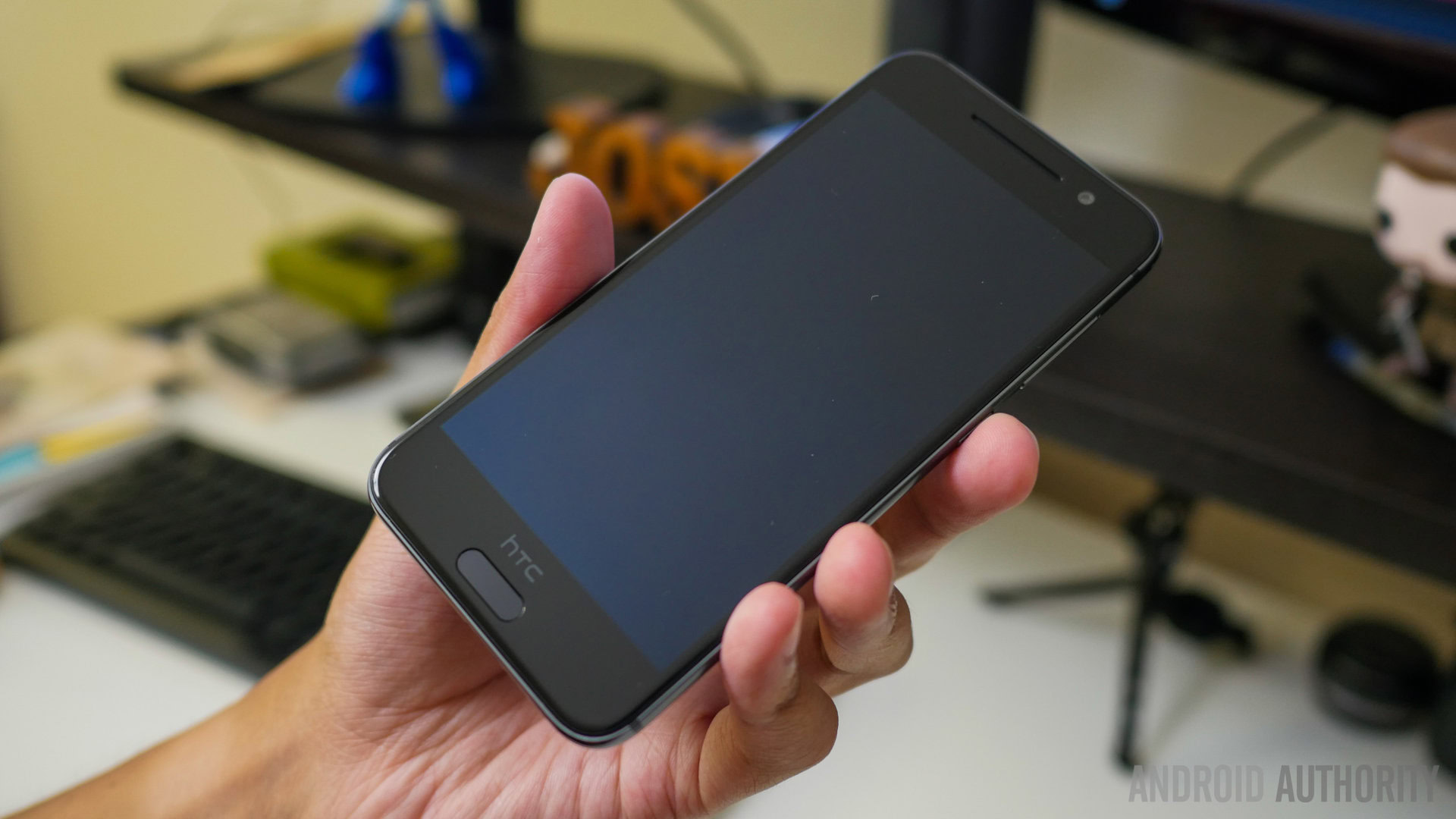
The HTCOne A9 may feature a full metal unibody construction like the rest of the One family, but that is where the similarities in terms of design end. The One A9 comes with rounded corners and sides, that do contribute to the handling experience, and the back is also a lot flatter, compared to the curved rear of the HTCflagships. Of course, with a 5-inch display, the device offers a handling experience that is better than what is available with most other smartphones out there, given their larger screen sizes.
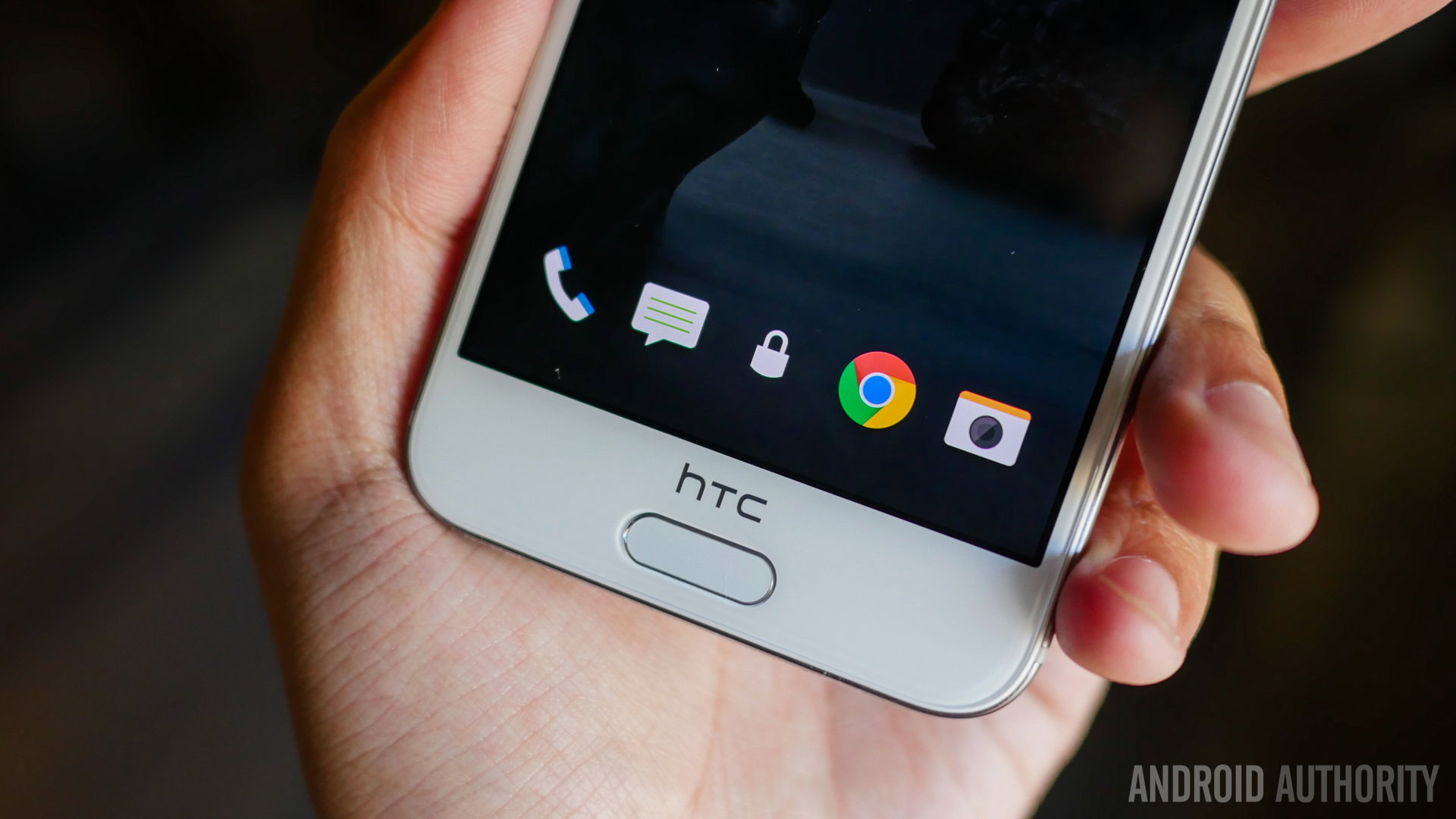
The entire phone has a very symmetrical look, and everything is centered on the back. Up front is where you will notice a new button that houses the fingerprint reader, under the much maligned black HTCbar. Despite the presence of a large slit above the display, dual front-facing BoomSound speakers are surprisingly not present here, a departure from HTC’s recent product design.
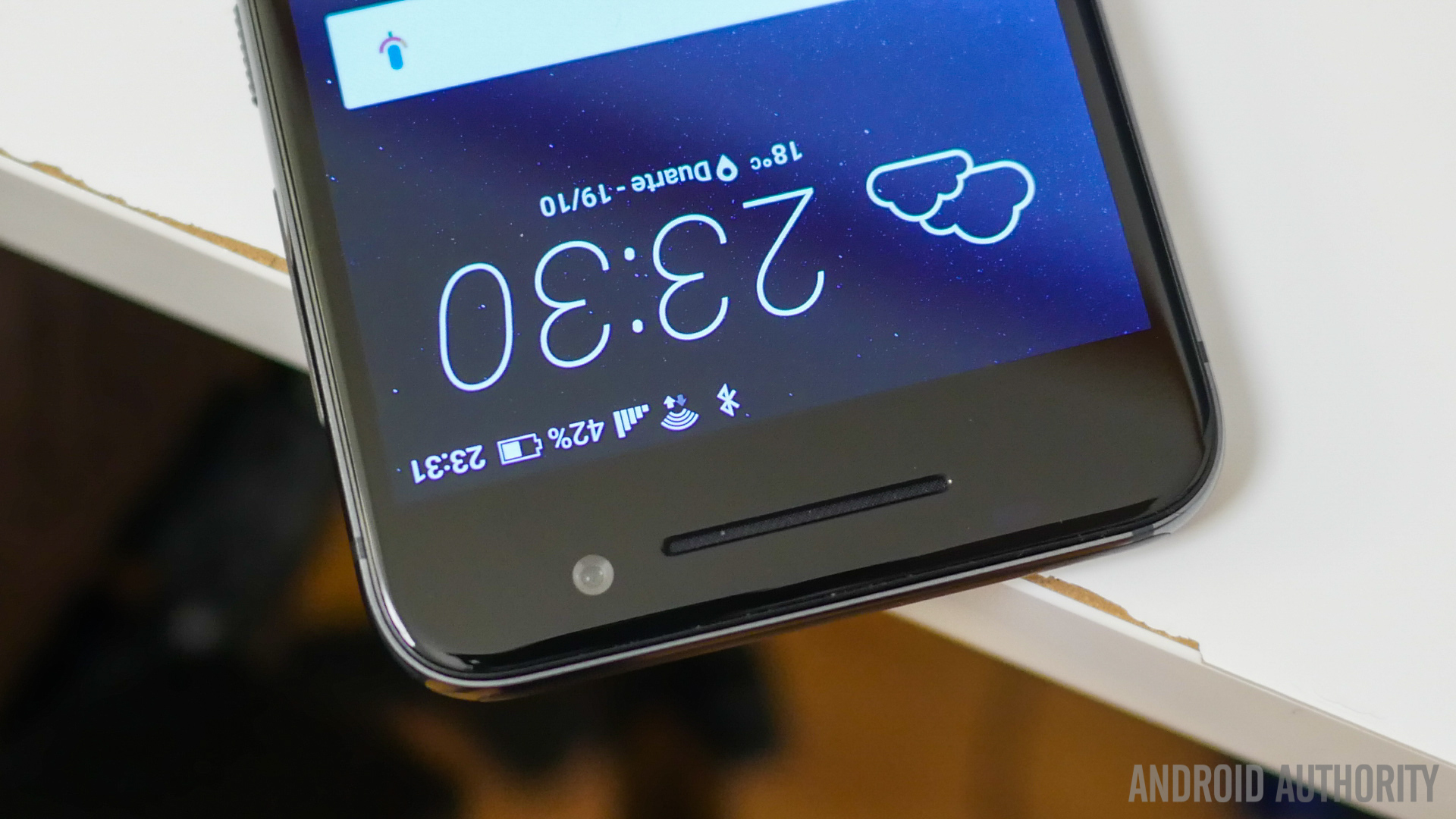
Next to the speaker is the microUSB port and the headphone jack, that comes with its own hi-res audio enhancements as well, which HTCclaims should provide a far better audio experience with earphones compared to any competing devices out there. On the right side is where all the buttons are to be found, with a textured power button placed below the volume rocker. On the left are the two slots for the SIM card and the microSD card.
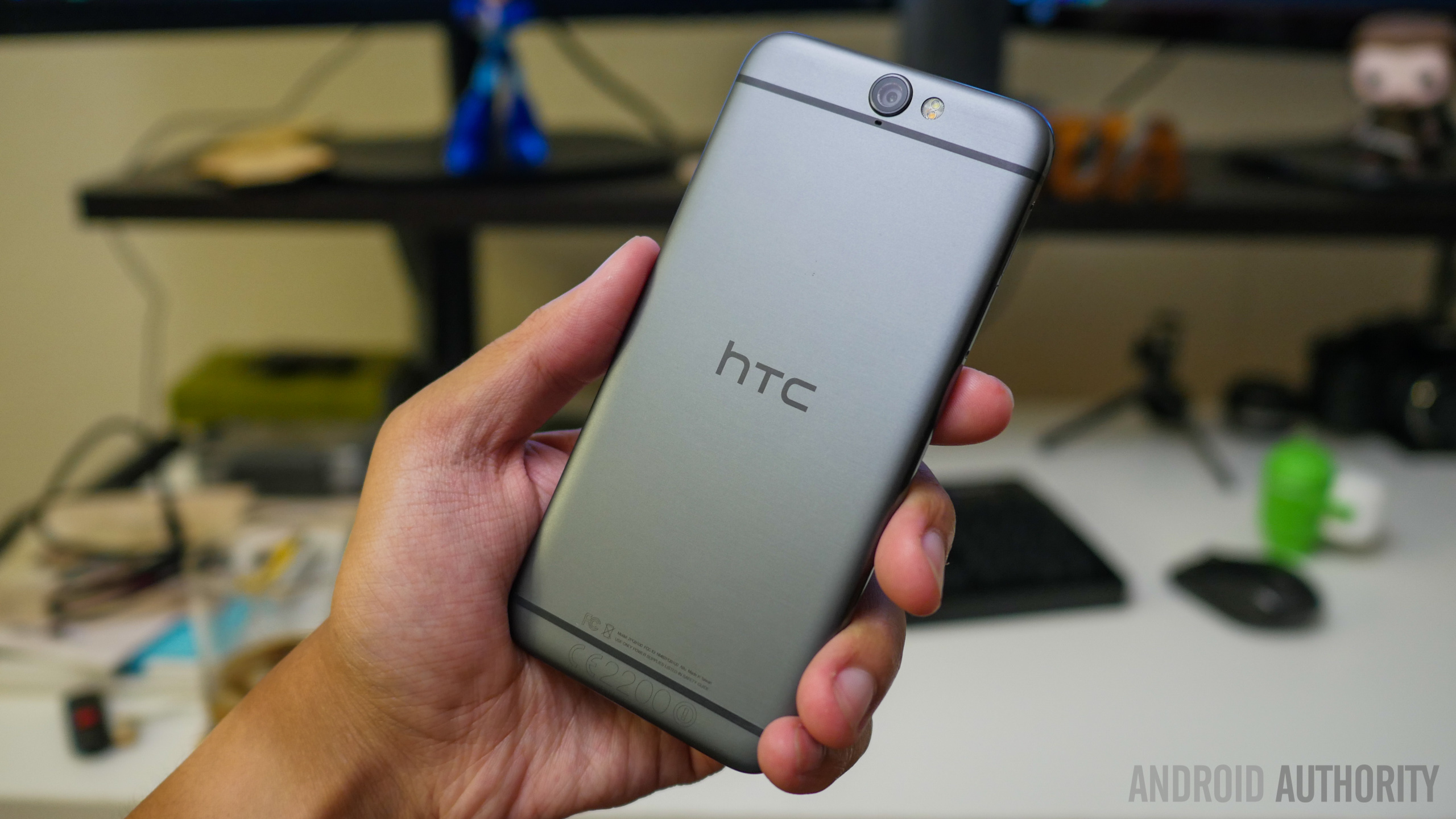
There’s no getting around the fact that the HTCOne A9 looks a lot like the iPhone 6 and iPhone 6s, and the handling experience is quite similar as well, with the One A9 being slightly thicker, but featuring the same symmetrical design and rounded corners and sides that we’ve seen before with the iPhone. HTCdid mention that although it may seem like the inspiration did come from Apple’s camp, the use of metal has actually been HTC’s design choice first. Further, given that the One A9 is being touted as a solid alternative to the iPhone, it may not be a bad idea to have some of the design choices that people tend to like about the Apple smartphones.
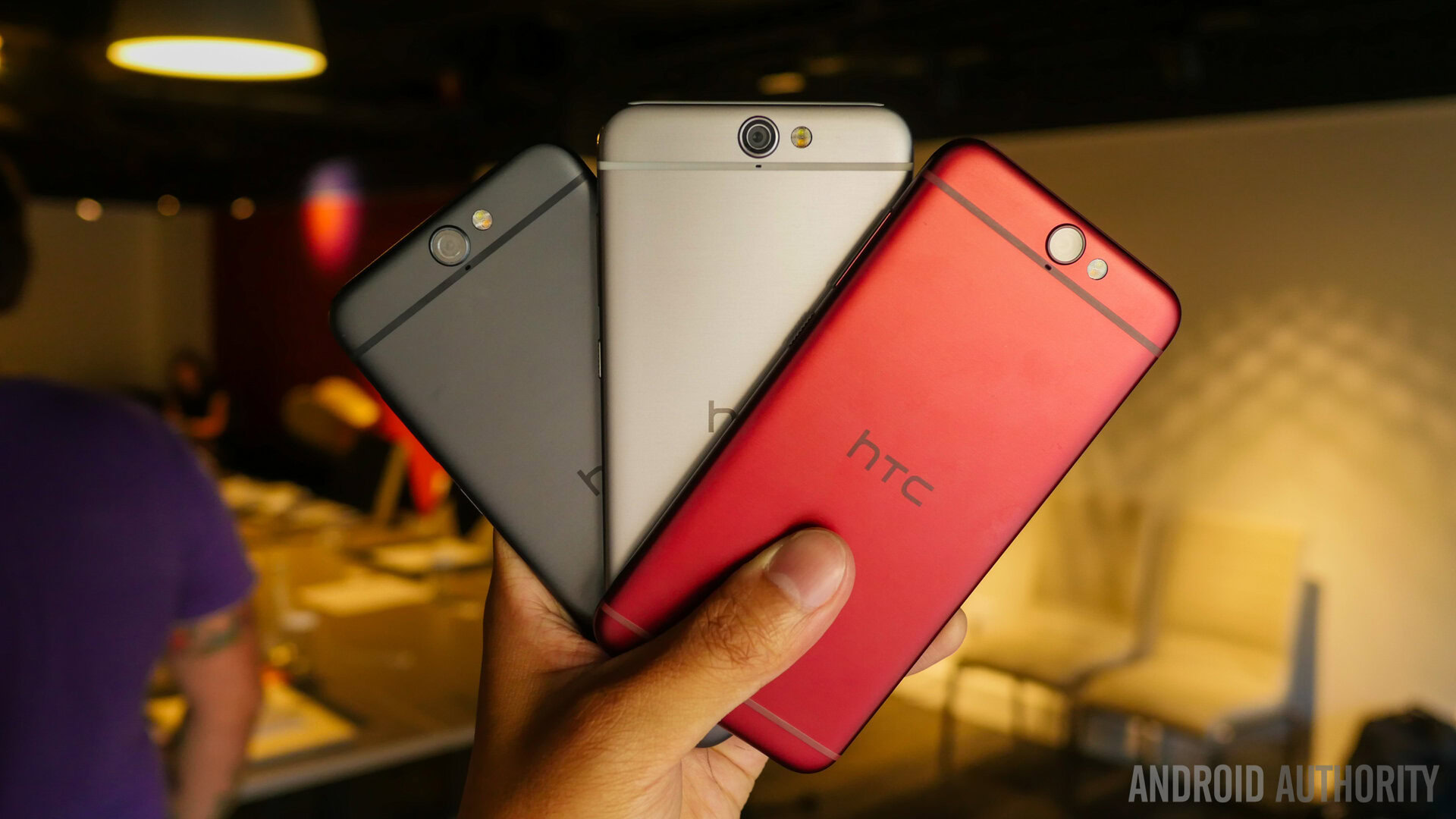
Despite all of that, it is up to you as to whether you like the look of the HTCOne A9. There are a few color choices available with this device as well, including a lighter silver color, and one that is called deep garnet, a dark red color that looks really good.
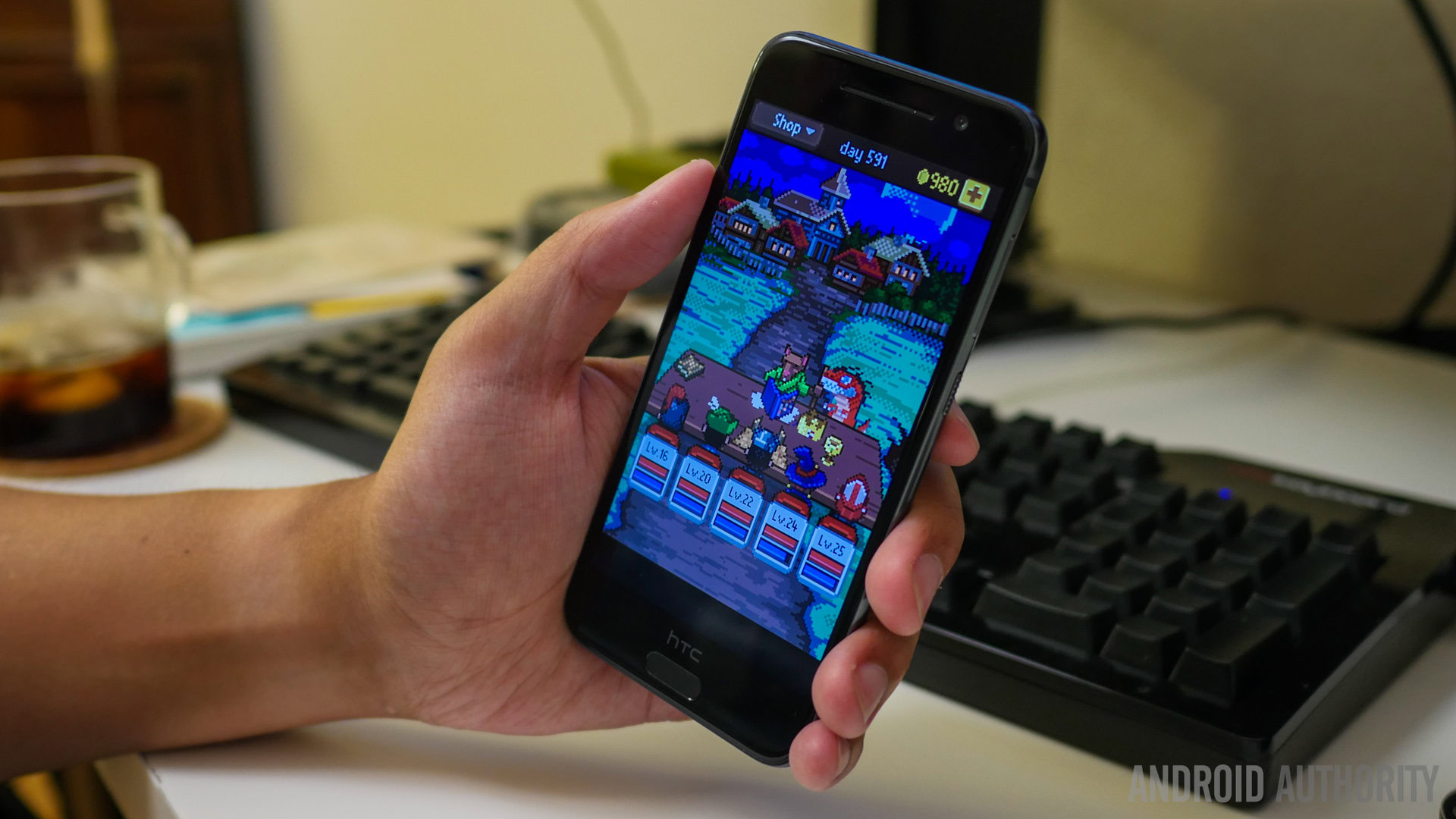
On the display front, the One A9 comes with a 5-inch AMOLED display with a Full HD resolution, resulting in a pixel density of 441 ppi, and the display is protected by a Corning Gorilla Glass 4 panel. AMOLED displays are known for their high saturation, and that remains the case here, but you do have the option to change the saturation levels in the Settings, by changing it to sRGB mode.
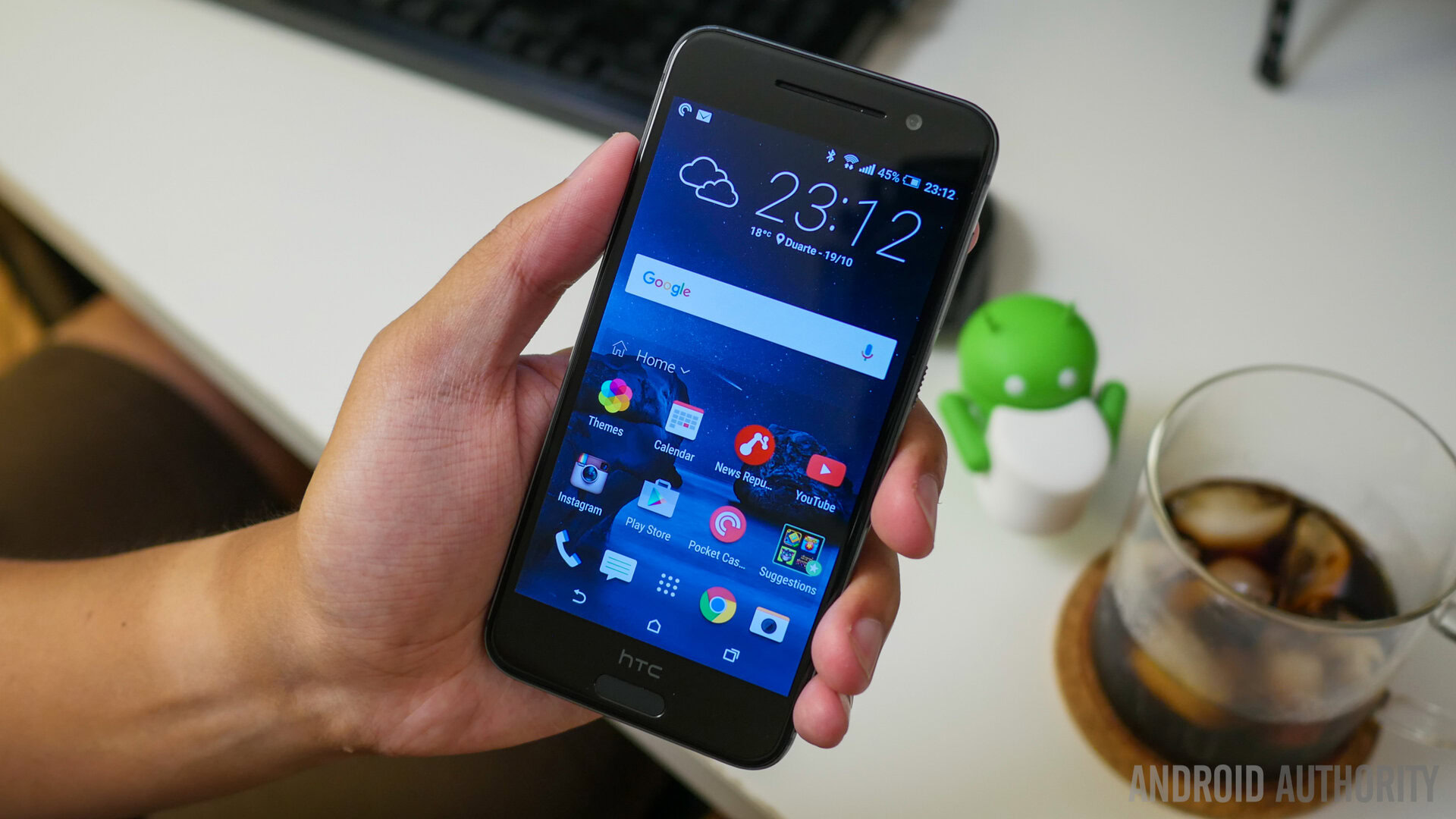
The display looks really good overall, and while it may not come with a Quad HD resolution, which is more or less becoming the standard, 1080p is more than enough on a display of this size, and the viewing experience is still very enjoyable; I had no problems with this screen thus far.
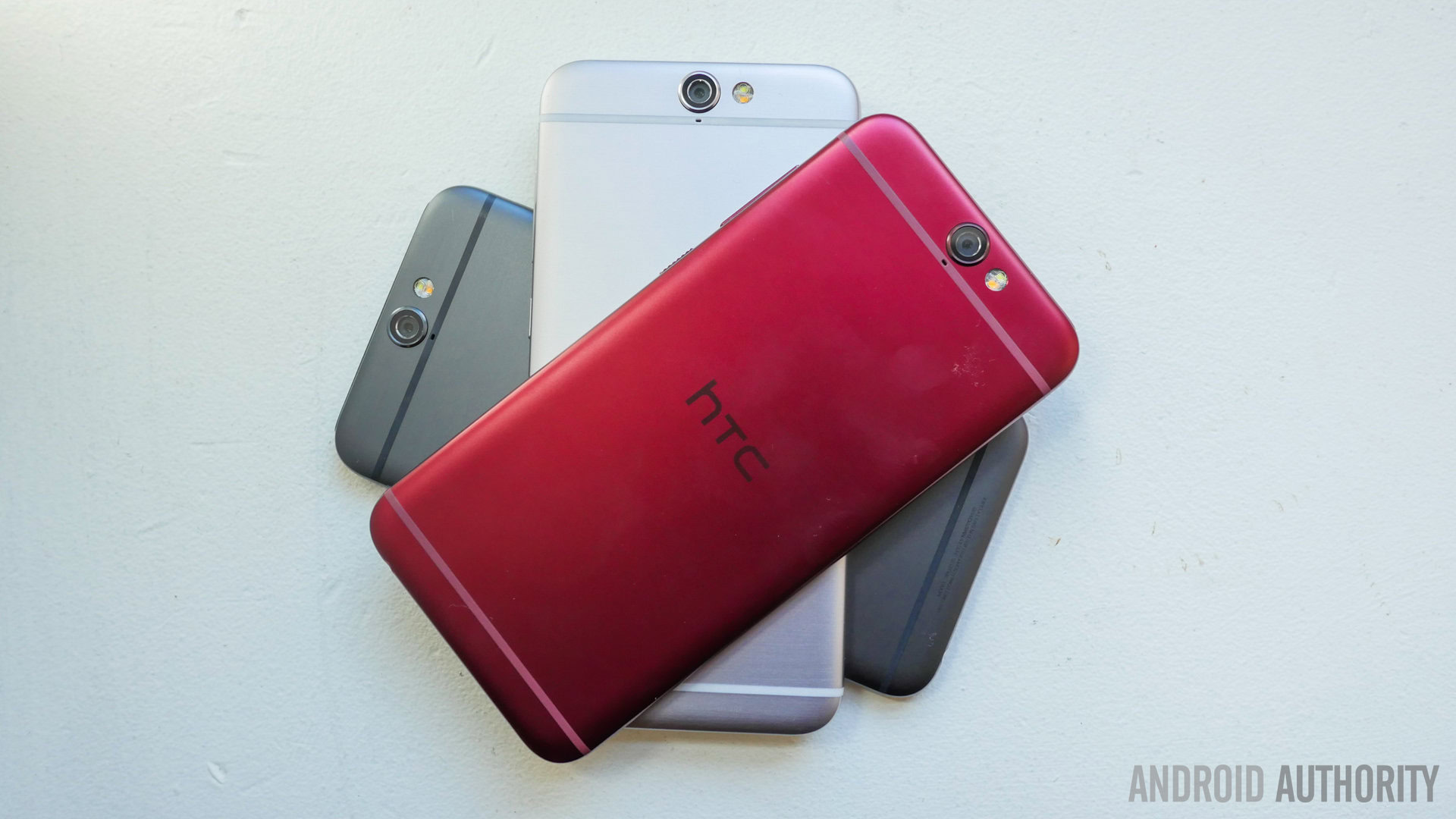
Under the hood, the One A9 comes with an octa-core 64-bit Qualcomm Snapdragon 617 processor, backed by the Adreno 405 GPU and 2 or 3 GB of RAM depending on the in-built storage option you opt for. It may not be the fastest processor from Qualcomm, but what this processing package allows for is compatibility with Quick Charge 3.0, which will be available with the device in the coming months.
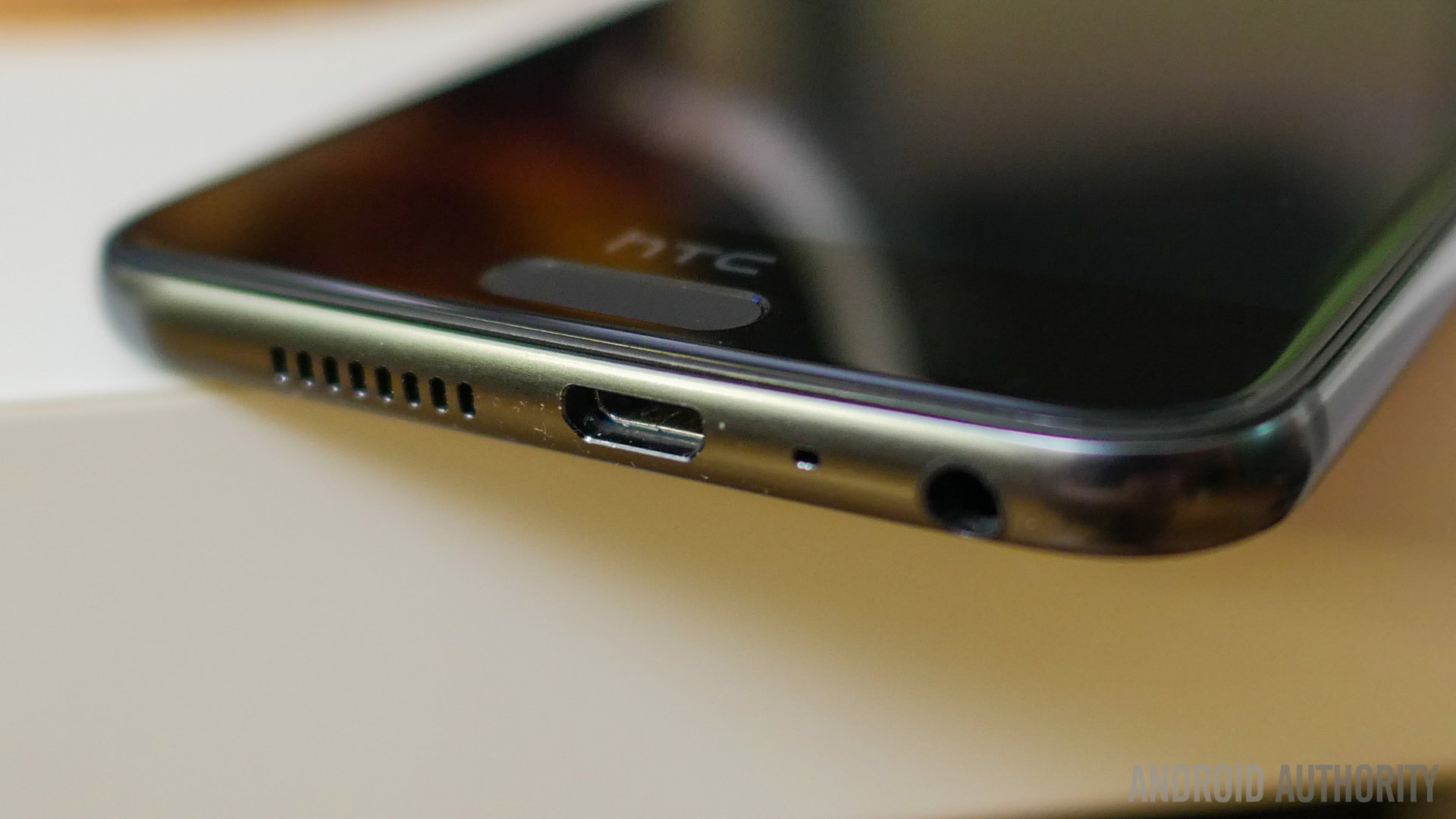
As mentioned, there is no dual front-facing speakers to be found here, which is quite disappointing, especially if you are someone who uses the device for media-consumption and gaming without headphones. With our without headphones, you do get Dolby enhancements that allow for a good audio experience overall. More testing will be necessary, but the main story here is that the front-facing speakers has been left out this time around.
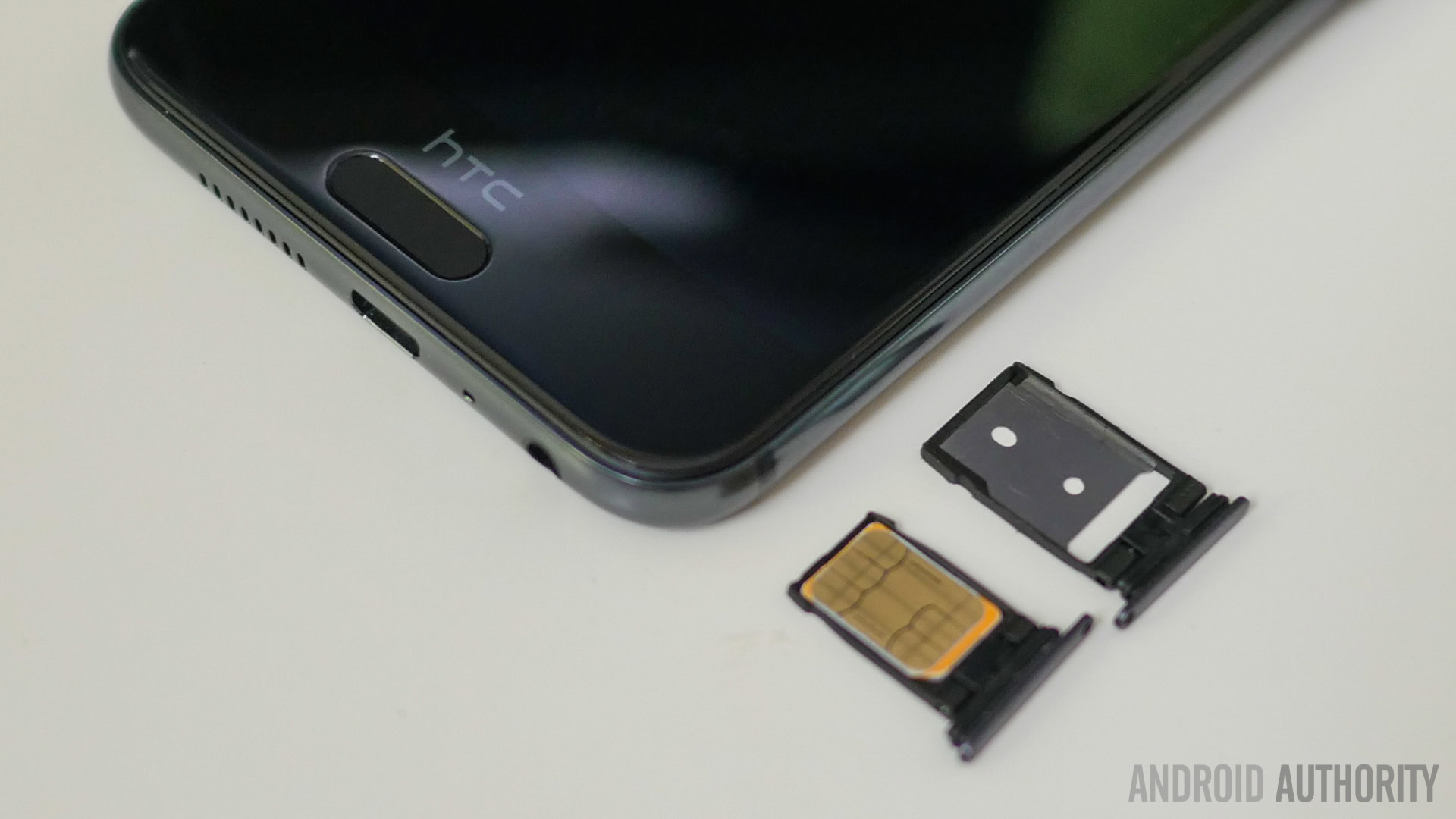
16 GB or 32 GB of on-board storage is available, which also dictates whether you get 2 GB or 3 GB of RAM, with the base 16 GB model coming with 2 GB of RAM. Expandable storage via microSD card is present as well, which means that storage will certainly not be of concern with the One A9.
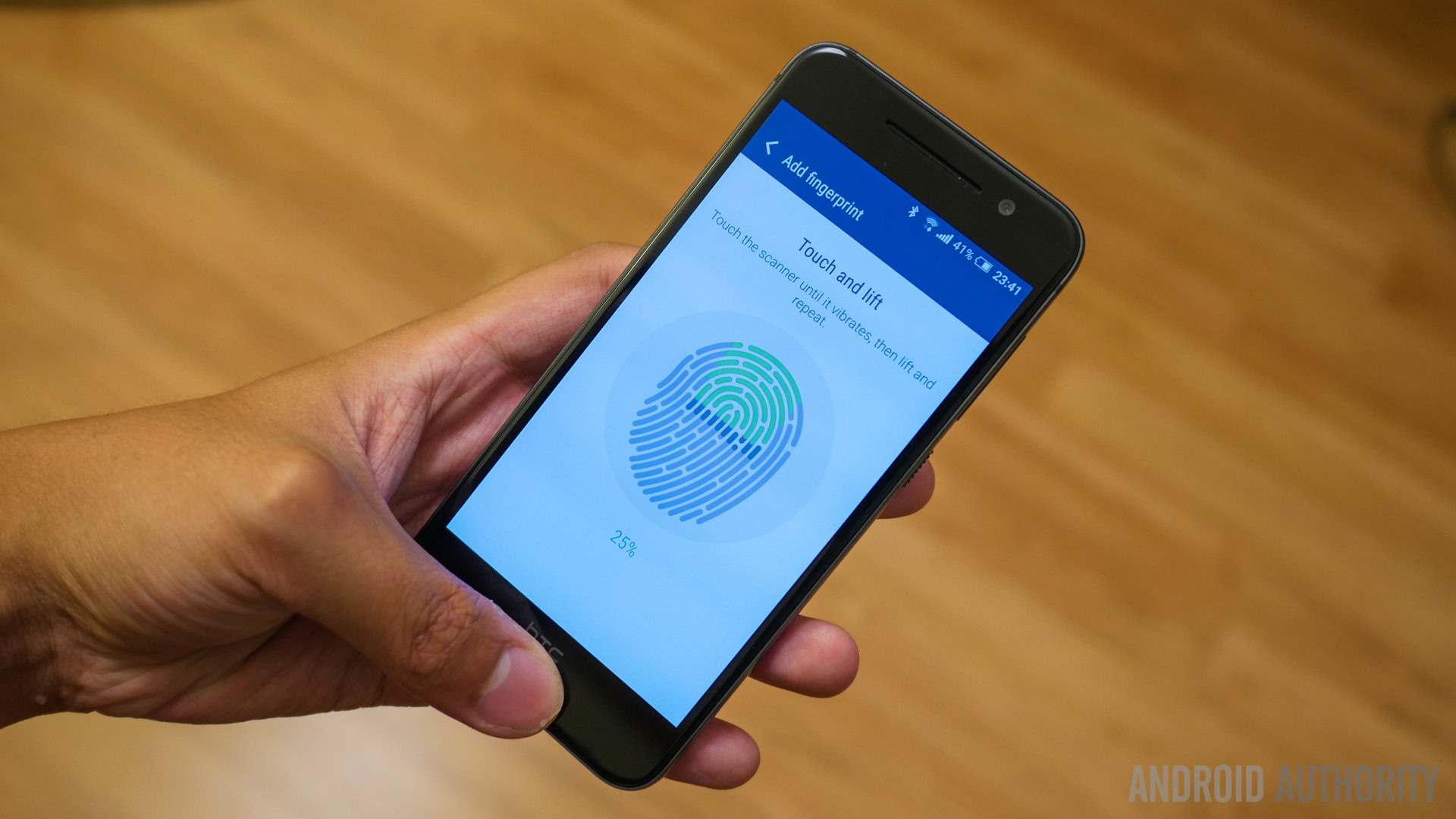
Up front is the fingerprint scanner, integrated into the button that can also be used as a home button, even though there are on-screen navigation keys as well. After registering a fingerprint, using it is as easy to leaving your finger on the button, which should wake up the device and then unlock it. It may not be the fastest fingerprint reader that we’ve tested thus far, but it is still very reliable, and using a fingerprint scanner remains one of the better ways of quickly unlocking your device. The scanner is also compatible for use with Android Pay, for that added layer of security when making mobile payments.
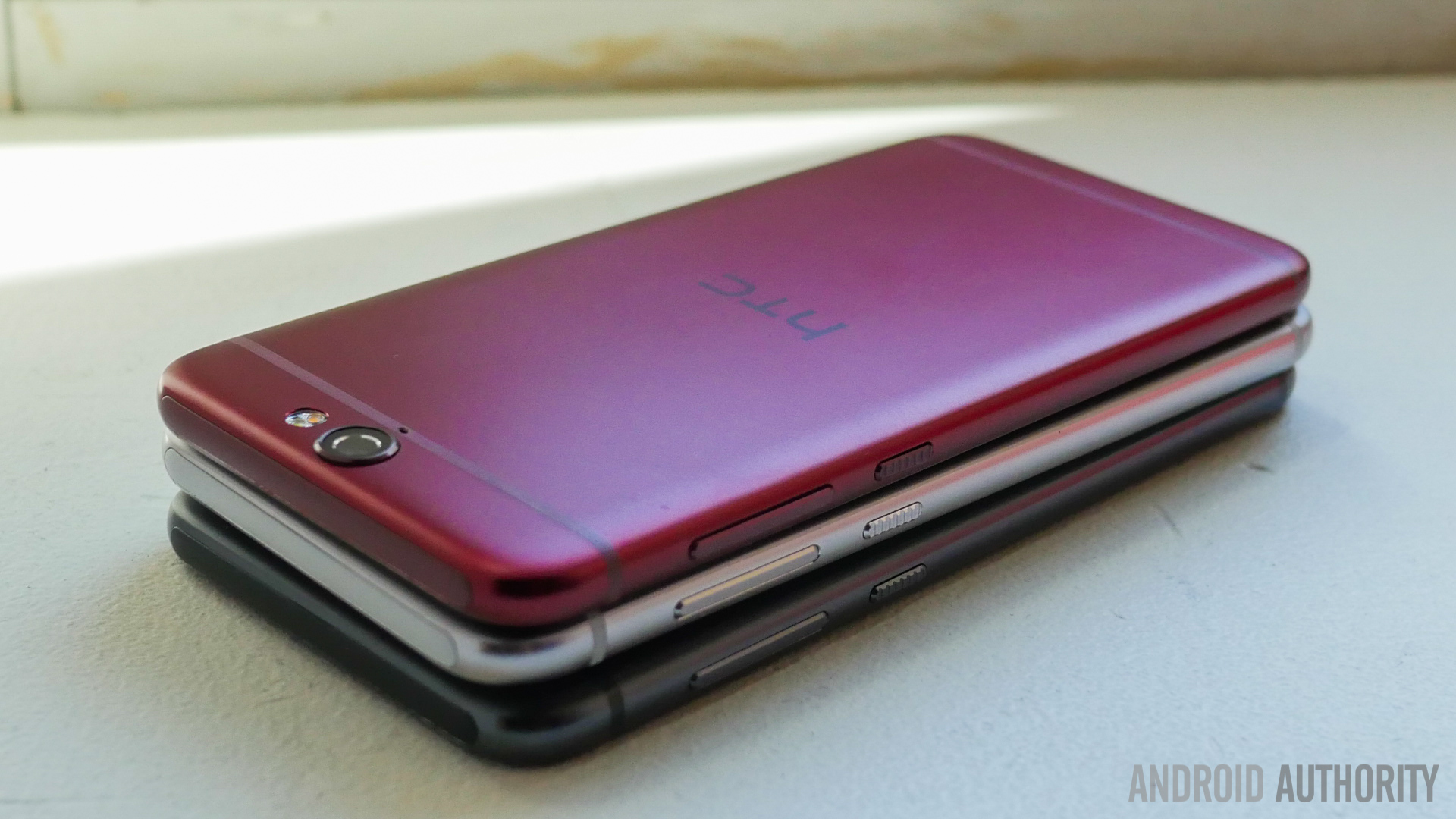
The One A9 comes with a non-removable 2,150 mAh battery, which does sound very small given the current scheme of things, but the battery life should be helped by the lower resolution display, the more battery-friendly processing package, and the various battery saving features baked into Android 6.0 Marshmallow. The big draw here is when it comes to the fast charging capabilities of the One A9, and while Quick Charge 2.0 is available out of the box, a future update will allow it to go up to Quick Charge 3.0, making it one of the first devices to be able to support that.
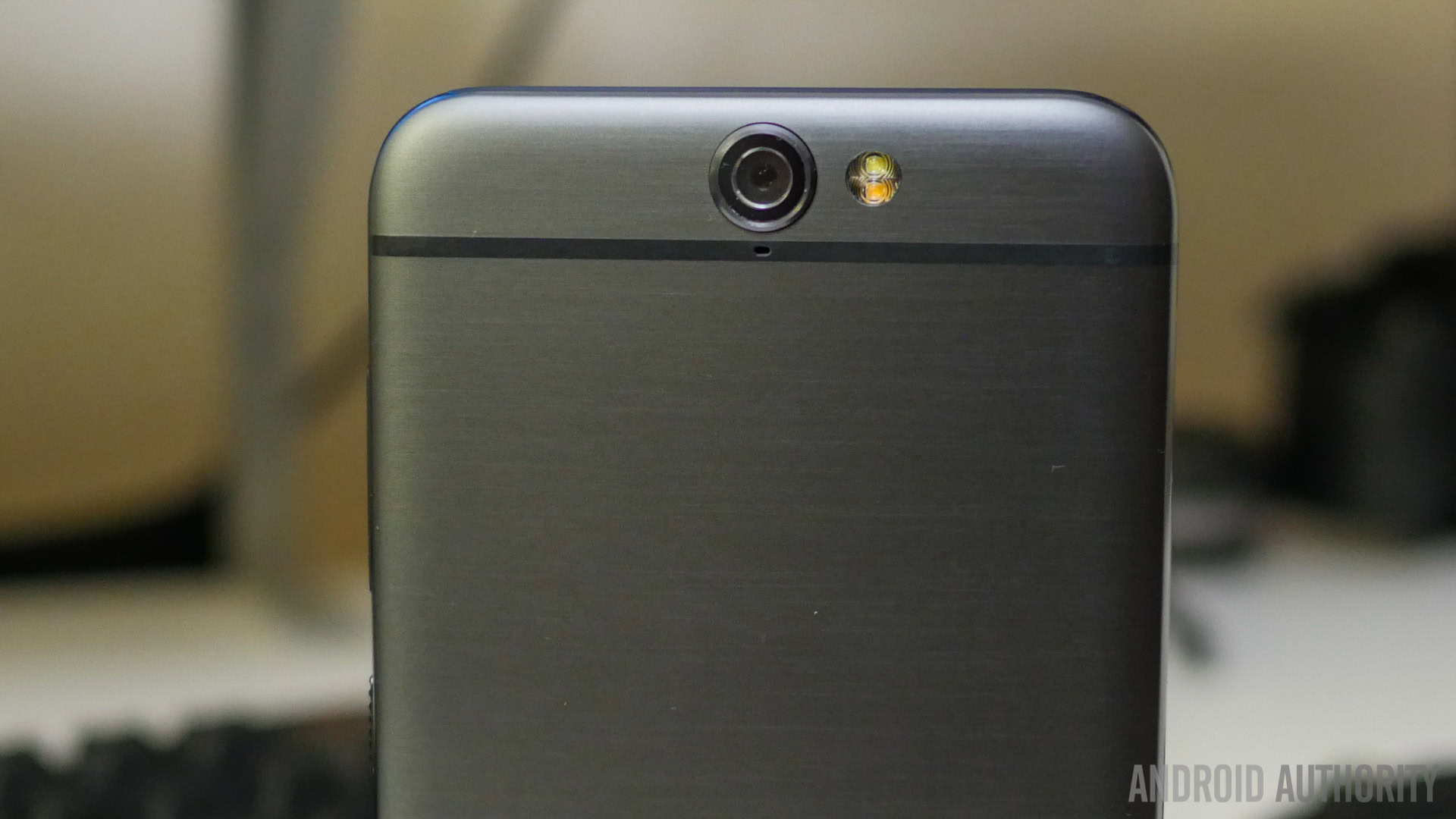
Despite numerous experiments by HTCwhen it comes to the camera, this has still been one of the negative aspects of previous HTCflagships. HTCis still in search for a great camera setup, and are certainly hoping that the updated package found with the One A9 is the answer. On the back is a 13 MP unit with optical image stabilization, and the device also comes with a front-facing 4 MP “Ultrapixel” camera, which should allow for some nice self-portraits in low light conditions.
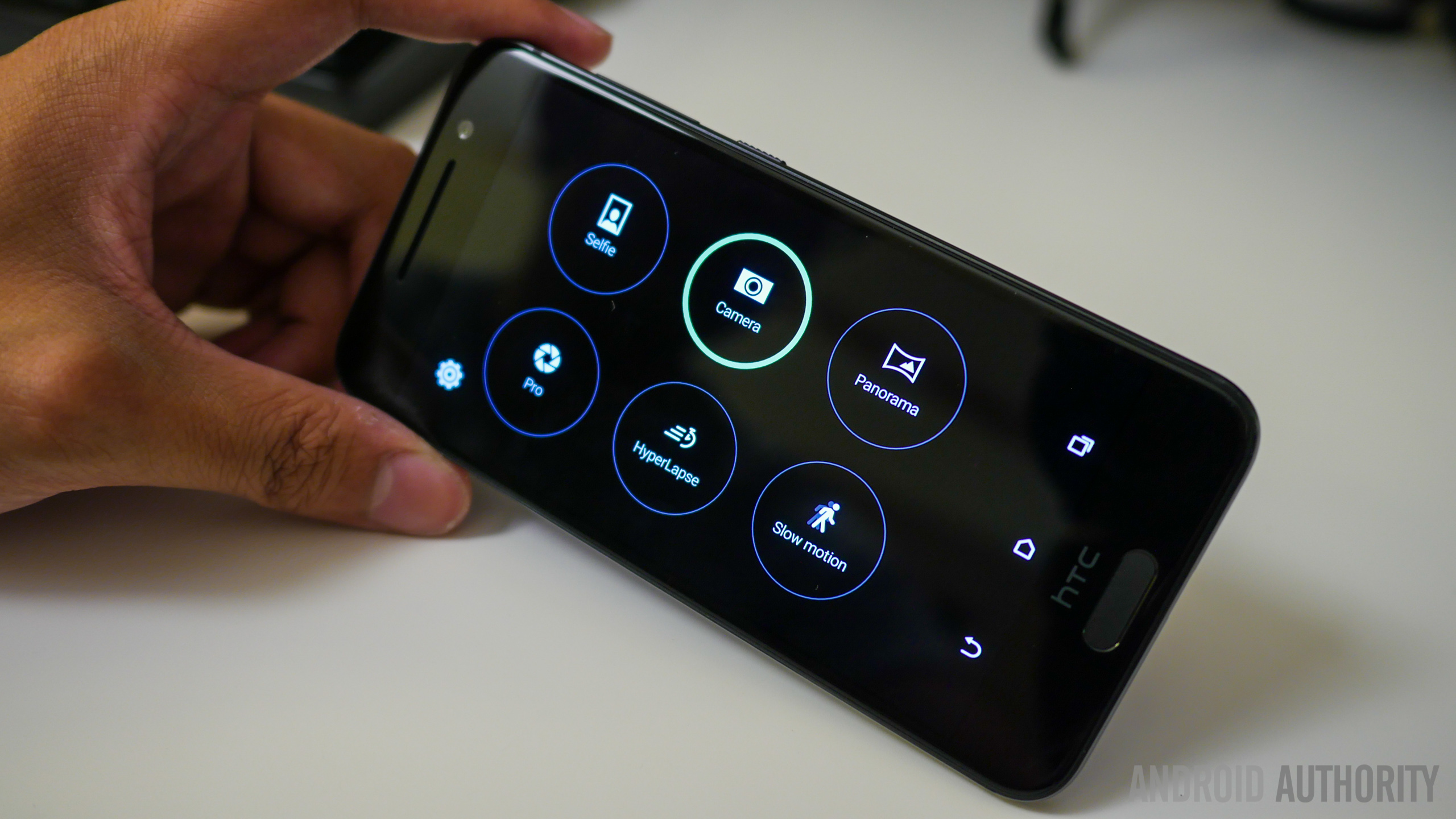
Taking a look at the camera application, there are a couple of new shooting modes to be found here, including the return of a Pro Mode that also allows for shooting in the RAW format, as well as a hyperlapse mode. The images we’ve been able to take thus far have looked pretty good, and we will certainly be putting this camera to the test in an upcoming camera shootout and the comprehensive review.
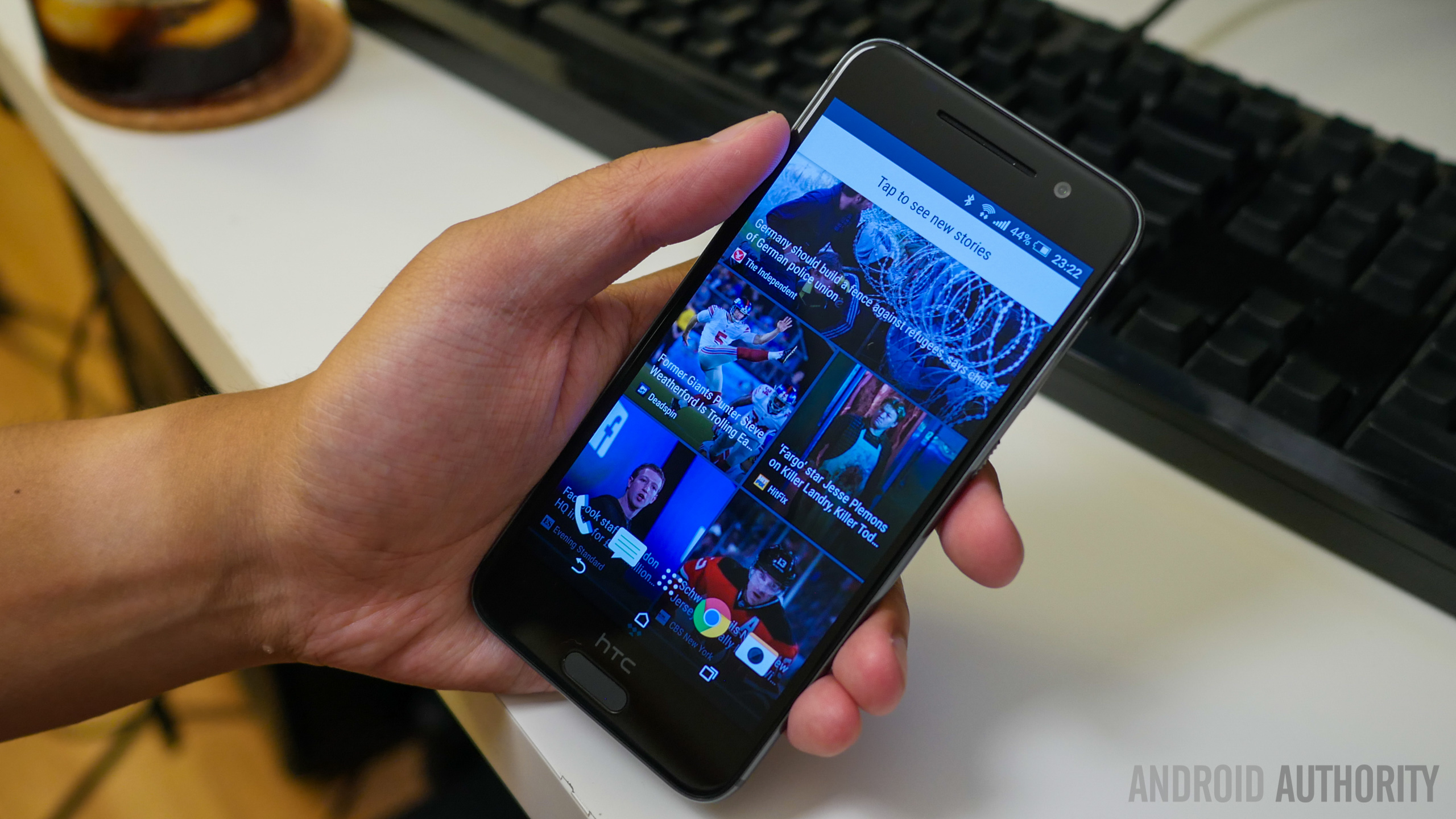
On the software side of things, the HTCOne A9 comes with Android 6.0 Marshmallow out of the box, with the latest iteration of HTC’s Sense UI on top. This version of Sense has been dialed back quite a bit, while retaining the signature look and elements of the UI from before, like Blinkfeed. With Marshmallow on-board, features like Doze, Google Now on Tap, and App Permissions are all to be found here.
Specifications
| HTC One A9 | |
|---|---|
Display | 5.0-inch AMOLED display 1920 x 1080 Gorilla Glass 4 |
Processor | 64-bit octa-core Qualcomm Snapdragon 617 |
RAM | 2/3GB |
Storage | 16/32GB |
MicroSD | Yes, up to 2TB |
Connectivity | Bluetooth 4.1 Wi-Fi 802.11 a/b/g/n/ac (2.4 & 5 GHz) 3.5 mm stereo audio jack micro-USB 2.0 (5-pin) port |
Fingerprint scanner | Yes |
Sound | Dolby Audio and Hi-Res Audio |
Software | Android 6.0 Marshmallow HTC Sense |
Camera | Rear: 13MP with sapphire cover lens, f/2.0 aperture, OIS Front: HTCUltraPixel, f/2.0 aperture, fixed focus |
Battery | Non-removable 2150mAh, Quick Charge 2.0 (forward compatible with Quick Charge 3.0) |
Dimensions | 145.75 x 70.8. x 7.26mm 143g |
Colors | Opal Silver, Carbon Grey, Deep Garnet, Topaz Gold |
Gallery
So there you have it for this first look at the HTCOne A9! The One A9 will be priced at $399 in the United States, which is certainly an impressive price point for a device that is a part of HTCOne line. HTCis definitely trying some new things, and while the design is hardly original, and the removal of front-facing speakers is a disappointment, these are all aspects that aid in the inclusion of some new features, which HTCis hoping will make for a compelling smartphone.